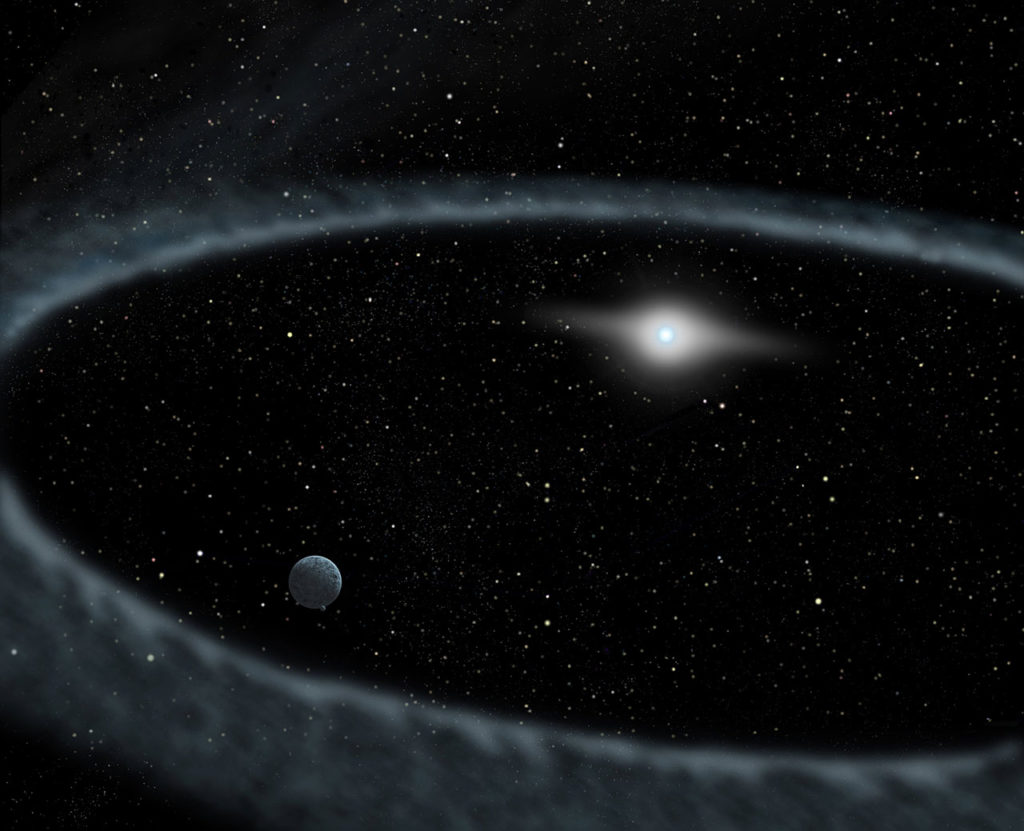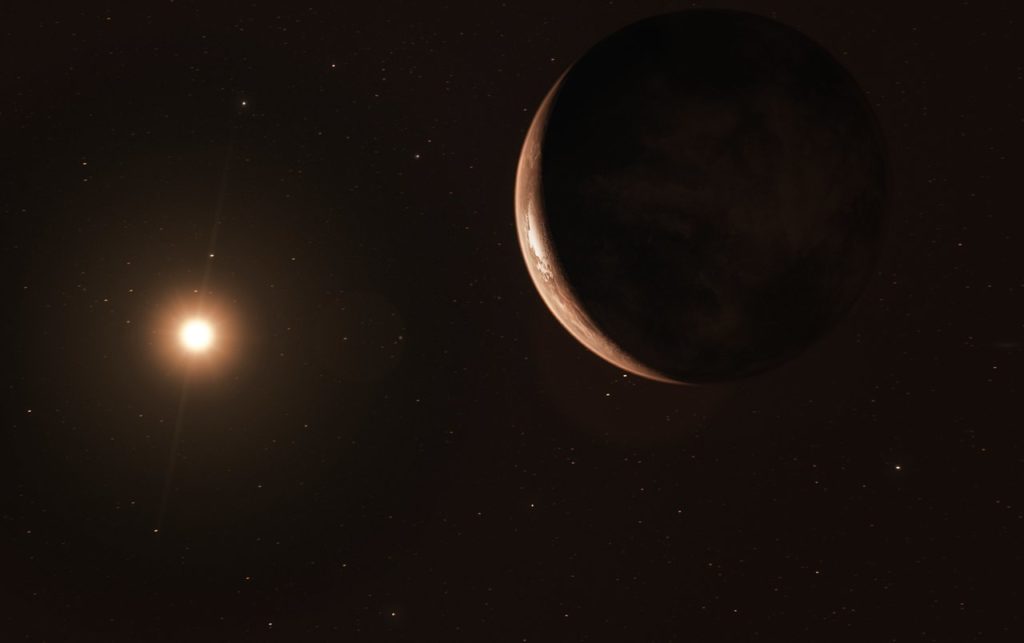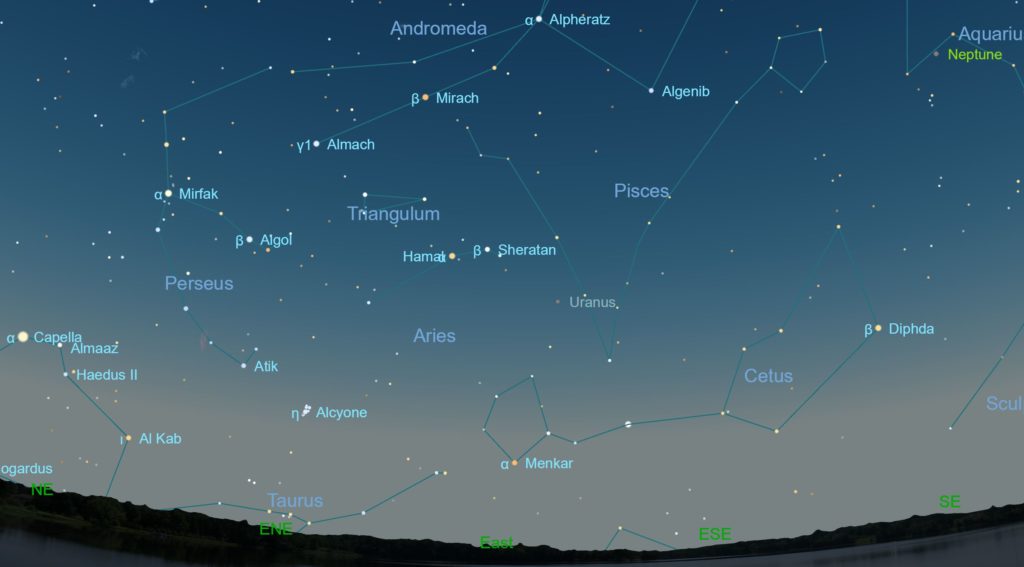
The year 2018 winds down with the apparition of the modest but easily observable Comet 46/P (Wirtanen). This periodic comet will not rival some of the better “Comets of Christmas Past” such as Comet McNaught in 2006, Comet Hale-Bopp as it brightened towards the end of 1996, or even the relatively disappointing Comet Kohoutek in 1973. But Comet Wirtanen will grow bright enough to see with binoculars and, in dark sky, with the naked eye as it passes through some of the most prominent constellations of the season. It’s a great excuse to dust off your optics and get outside to enjoy the solar system in action and share the view with those around you [Read more…] about The Christmas Comet of 2018
Share This:


